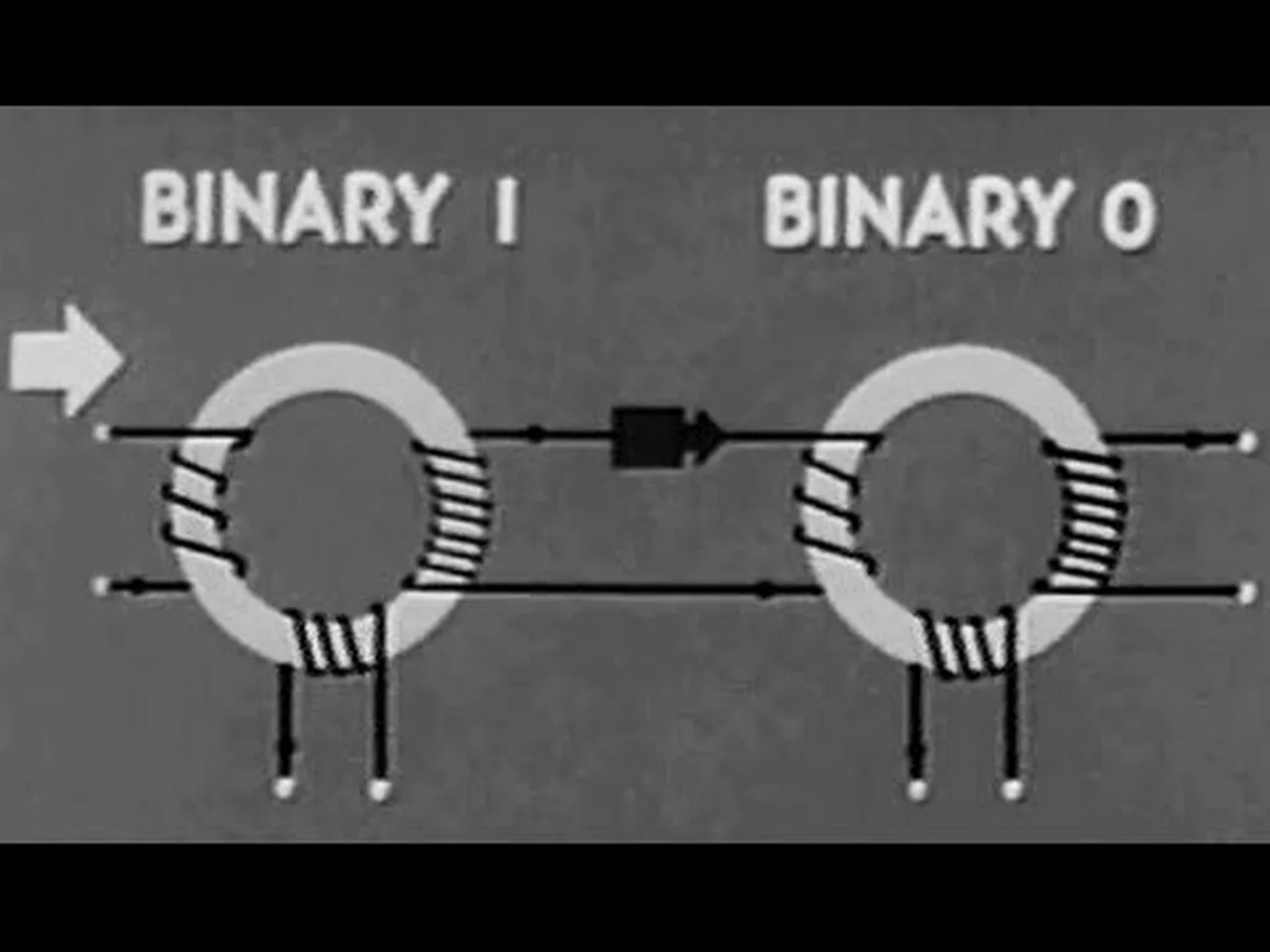Electronics_-Radar_-Technical-Principles_-Mechanics-1946-US-Army-Training-Film-TF11-1386
Electronics: “Radar: Technical Principles: Mechanics” 1946 US Army Training Film
A US Army training film explaining the basics of Radar systems for radar repairmen.
US Army training film TF11-1386
Originally a public domain film from the US National Archives, slightly cropped to remove uneven edges, with the aspect ratio corrected, and mild video noise reduction applied.
The soundtrack was also processed with volume normalization, noise reduction, clipping reduction, and/or equalization (the resulting sound, though not perfect, is far less noisy than the original).
en.wikipedia.org/wiki/Radar
Wikipedia license: creativecommons.org/licenses/by-sa/3.0/
Radar is an object-detection system which uses radio waves to determine the range, altitude, direction, or speed of objects. It can be used to detect aircraft, ships, spacecraft, guided missiles, motor vehicles, weather formations, and terrain. The radar dish or antenna transmits pulses of radio waves or microwaves which bounce off any object in their path. The object returns a tiny part of the wave's energy to a dish or antenna which is usually located at the same site as the transmitter.
Radar was developed in secret in nations across the world just before and during World War II. The term RADAR was coined in 1941 by the United States Navy as an acronym for radio detection and ranging. The term radar has since entered English and other languages as the common noun radar, losing all capitalization...
As early as 1886, Heinrich Hertz showed that radio waves could be reflected from solid objects. In 1895 Alexander Popov, a physics instructor at the Imperial Russian Navy school in Kronstadt, developed an apparatus using a coherer tube for detecting distant lightning strikes. The next year, he added a spark-gap transmitter. In 1897, while testing this in communicating between two ships in the Baltic Sea, he took note of an interference beat caused by the passage of a third vessel. In his report, Popov wrote that this phenomenon might be used for detecting objects, but he did nothing more with this observation.
The German Christian Huelsmeyer was the first to use radio waves to detect "the presence of distant metallic objects". In 1904 he demonstrated the feasibility of detecting a ship in dense fog but not its distance. He obtained a patent for his detection device in April 1904 and later a patent for a related amendment for determining the distance to the ship. He also got a British patent on September 23,
In August 1917 Nikola Tesla outlined a concept for primitive radar units. He stated,
- "...by their [standing electromagnetic waves] use we may produce at will, from a sending station, an electrical effect in any particular region of the globe; [with which] we may determine the relative position or course of a moving object, such as a vessel at sea, the distance traversed by the same, or its speed."
In 1922 A. Hoyt Taylor and Leo C. Young, researchers working with the U.S. Navy, discovered that when radio waves were broadcast at 60 MHz it was possible to determine the range and bearing of nearby ships in the Potomac River. Despite Taylor's suggestion that this method could be used in low visibility, the Navy did not immediately continue the work. Serious investigation began eight years later after the discovery that radar could be used to track airplanes.
Before the Second World War, researchers in France, Germany, Italy, Japan, the Netherlands, the Soviet Union, the United Kingdom, and the United States, independently and in great secrecy, developed technologies that led to the modern version of radar...
In 1934 the Frenchman Émile Girardeau stated he was building an obstacle-locating radio apparatus "conceived according to the principles stated by Tesla" and obtained a patent for a working system, a part of which was installed on the Normandie liner in 1935.
During the same year, the Soviet military engineer P.K.Oschepkov, in collaboration with Leningrad Electrophysical Institute, produced an experimental apparatus, RAPID, capable of detecting an aircraft within 3 km of a receiver...
Full radar evolved as a pulsed system, and the first such elementary apparatus was demonstrated in December 1934 by American Robert M. Page, working at the Naval Research Laboratory. The following year, the United States Army successfully tested a primitive surface to surface radar to aim coastal battery search lights at night. This was followed by a pulsed system demonstrated in May 1935 by Rudolf Kühnhold and the firm GEMA in Germany and then one in June 1935 by an Air Ministry team led by Robert A. Watson Watt in Great Britain. Later, in 1943, Page greatly improved radar with the monopulse technique that was used for many years in most radar applications
Transaction
Created
1 month ago
Content Type
Language
video/mp4
English
